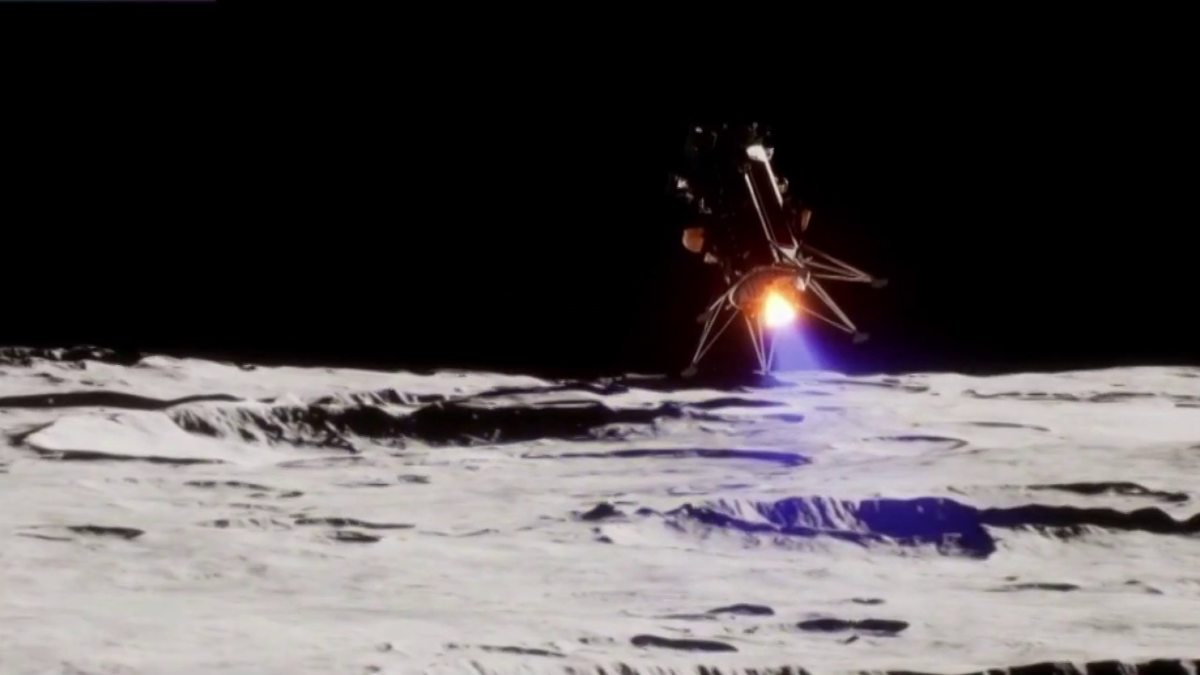A spacecraft crafted and operated by Texas-based firm Intuitive Machines achieved a significant milestone on Thursday, February 22, marking the first U.S. landing on the moon’s surface in over fifty years, and notably, the first solely accomplished by the private sector.
Dubbed Odysseus, the six-legged robot lander successfully touched down near the moon’s south pole at approximately 6:23 p.m. EST (2323 GMT), as confirmed by a joint webcast from Intuitive Machines’ mission control center in Houston, alongside NASA commentators.
Following its launch from Florida a week prior and subsequent lunar orbit arrival a day prior to the landing, signals transmitted back to mission control, spanning some 239,000 miles (384,000 km), confirmed the touchdown. However, initial communication faced delays and uncertainties, with the first signal being faint, leaving mission control momentarily unsure of the lander’s precise status and position.
Despite facing an eleventh-hour glitch with the spacecraft’s autonomous navigation system, necessitating on-ground engineers to implement a workaround, the landing was ultimately successful.
Equipped with a suite of scientific instruments and technology demonstrations for NASA and various commercial clients, Odysseus aims to operate for seven days on solar energy before sunset at the polar landing site.
This landmark achievement marks the first controlled descent to the lunar surface by a U.S. spacecraft since 1972’s Apollo 17 mission, where NASA’s final crewed lunar excursion, led by astronauts Gene Cernan and Harrison Schmitt, made history with their touchdown.


